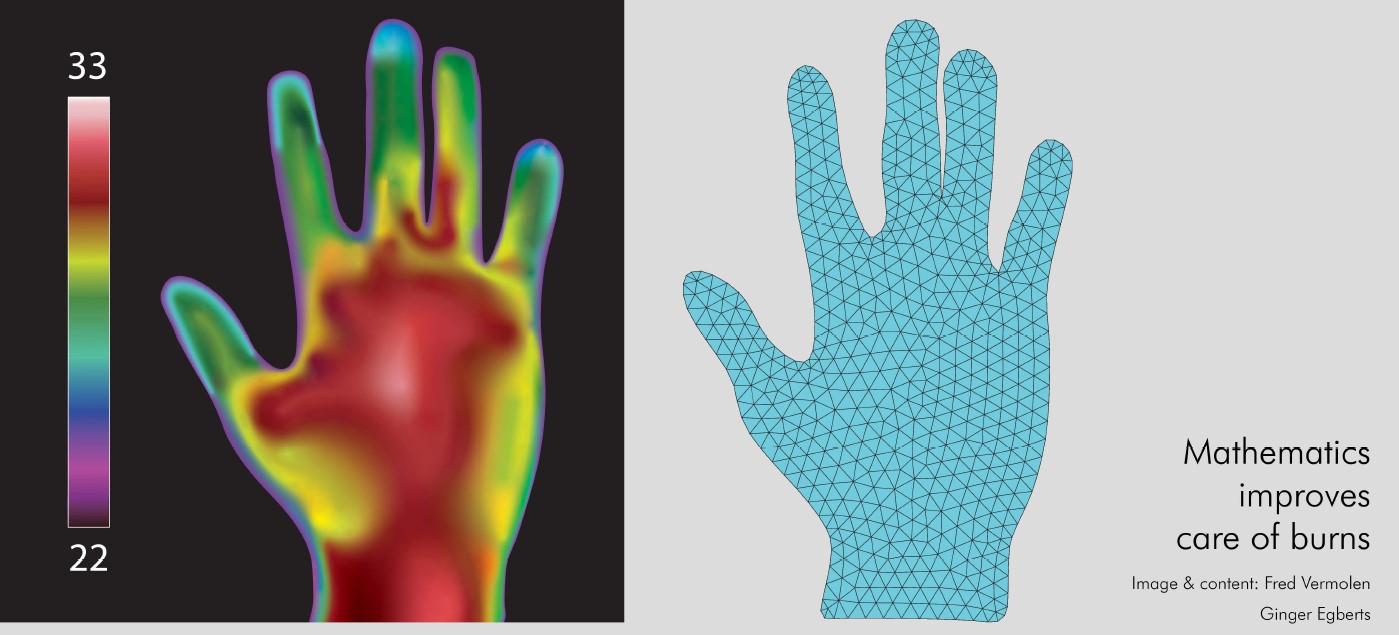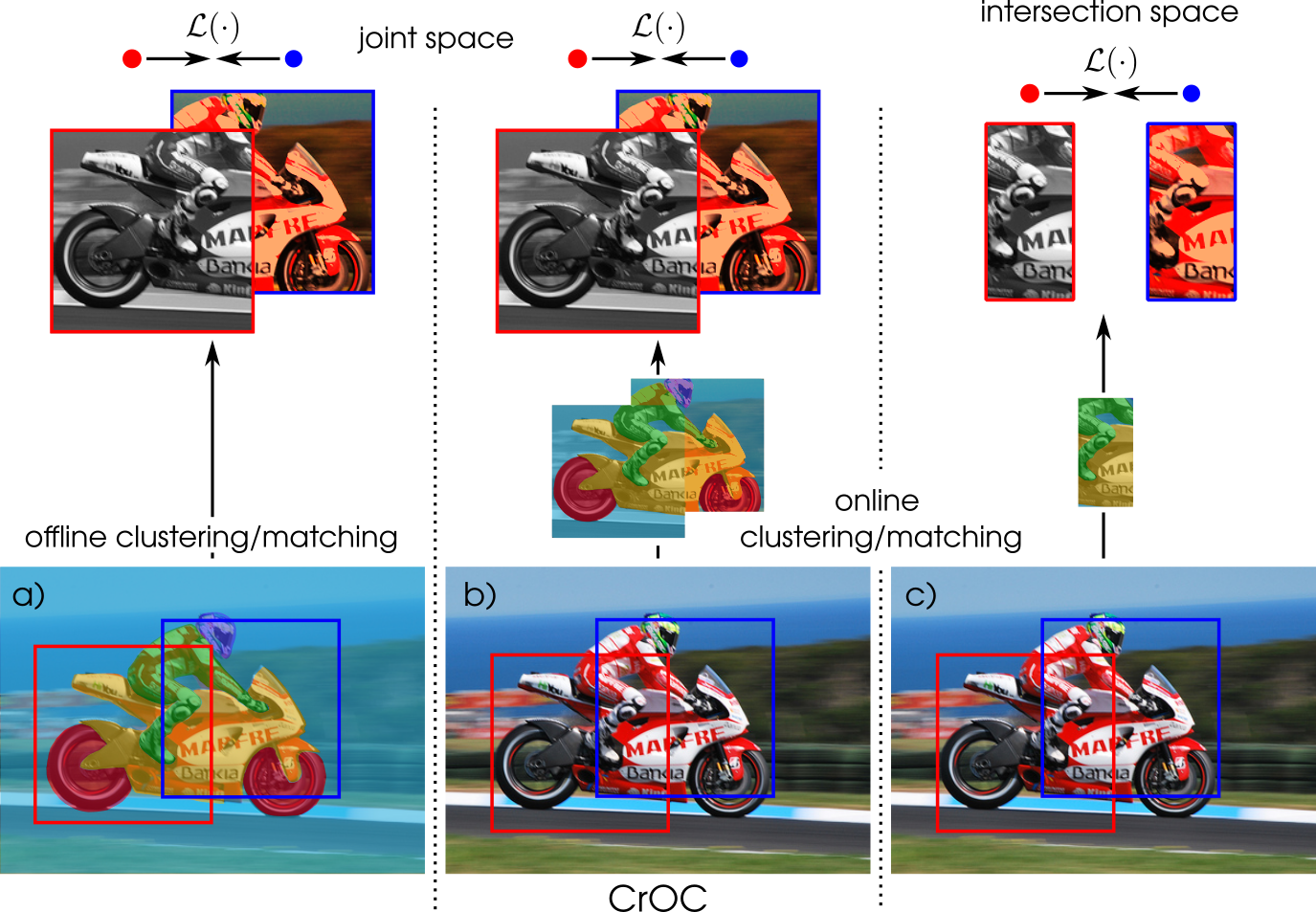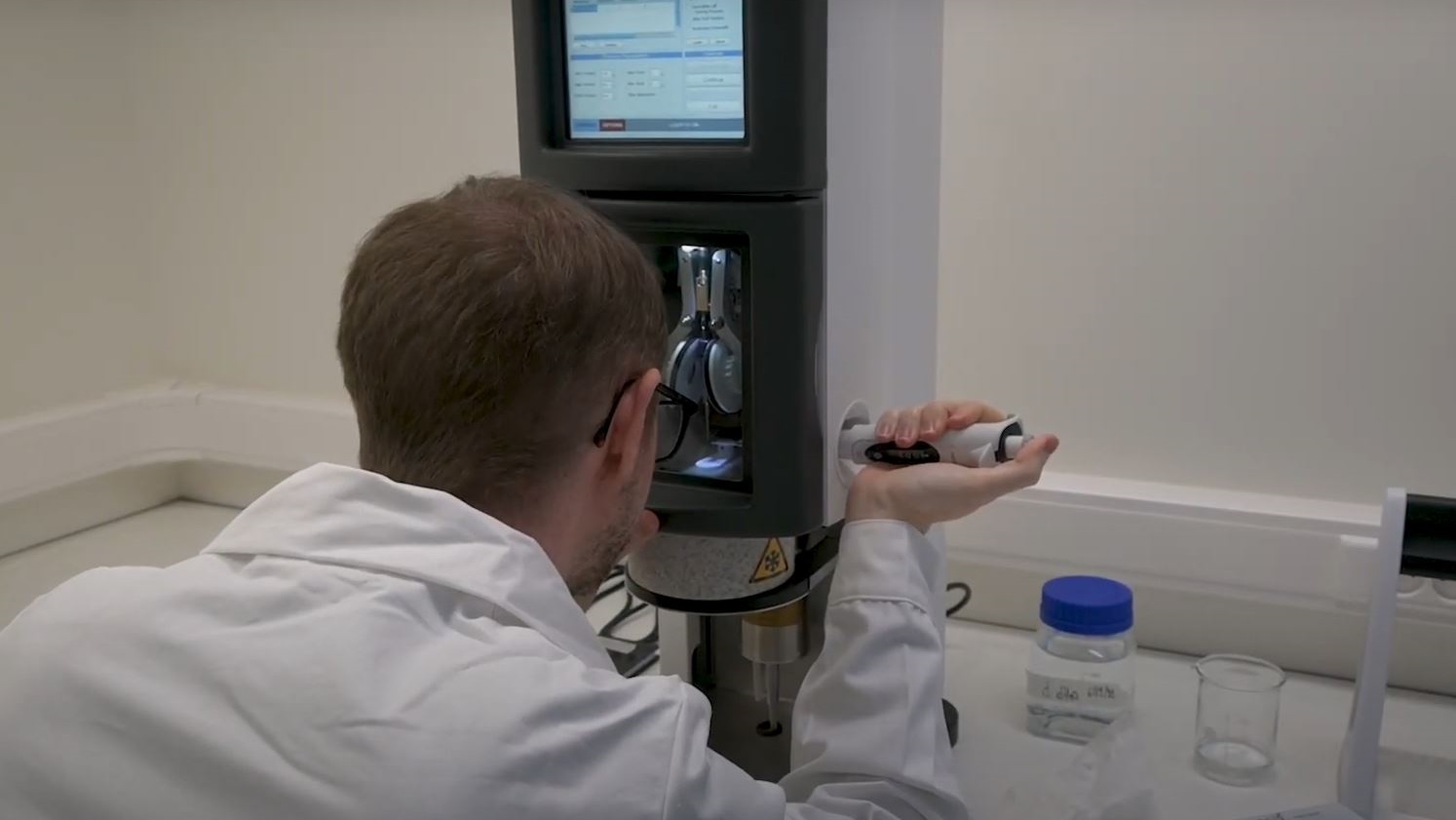User Story: Towards better disease detection using multi-million atom simulations

Researchers at the University of Namur have simulated a section of a cell membrane with unprecedented fidelity using the LUMI Supercomputer. In this user story, discover how they used this simulation to better understand how to determine the cell composition using conventional spectroscopy.








